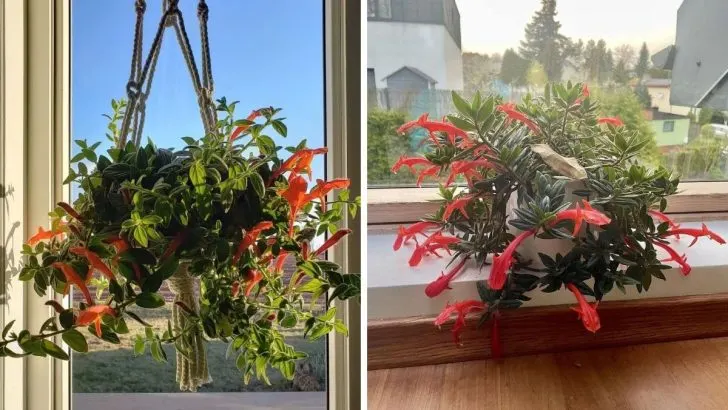Have you ever hear about a Dancing Dolphin Plant?
In today’s article, we’re going to talk about the dancing dolphin plant and its lovely features along with its care guide.
If this is the plant you already have in your home, this article will be a great written tutorial for you and if you’re planning to buy it soon, well, stick with us too!
Without any further thoughts, let’s learn about this amazing plant more.
All About Dancing Dolphin Vine In Hanging Baskets

They are commonly called “dancing dolphins” or “shark plants” because of their interesting shape of flowers. Other plants that are also interesting because of their shape are heart-shaped plants.
Its flowers are available in stunning shades of red, orange, yellow, and combinations of these colors, and many varieties make beautiful hanging basket plants.
South and west windows are good for dense growth. One thing is sure, you’ll want to have Columnea gloriosa interesting foliage in your home. It is a great decor plant. Its blooms will be a true reward once they bloom in spring.
And in case you’re wondering, is this plant for a hanging basket? It is for sure. Its red flowers will look amazing on your wall. But if it is good as a hanging basket plant in shade, find out in our other article.
How Much Light Does it Need?
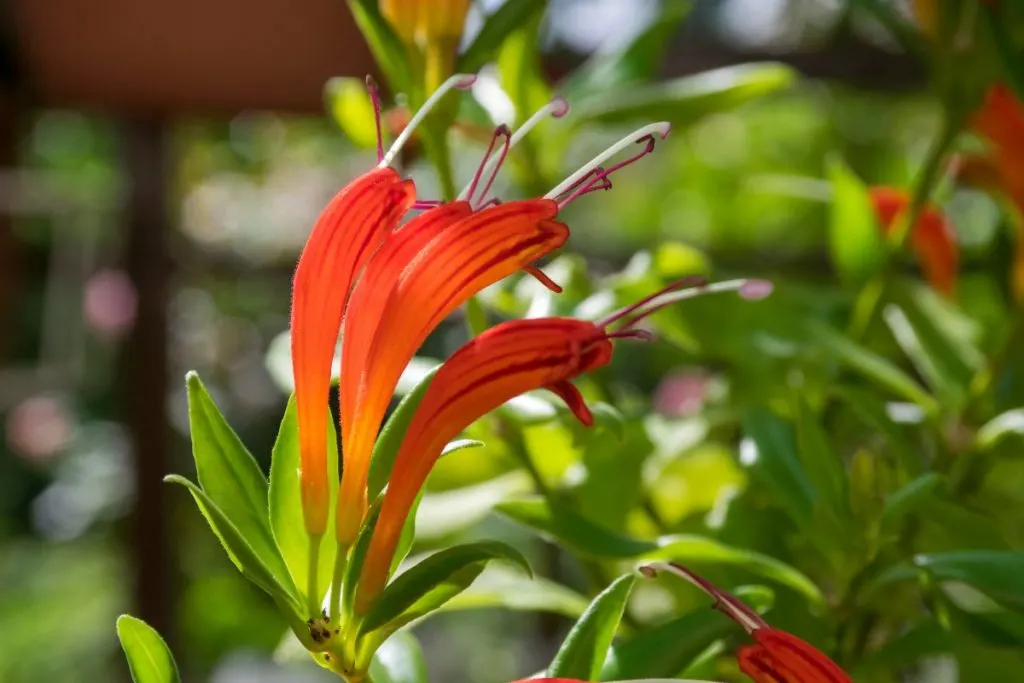
A sunny windowsill is a perfect place for this indoor plant. A south-facing window is ideal because it gets morning to mid-day sun, but the plant will also thrive in a west-facing window with mid-day to evening sunlight.
You can keep it under a lamp if you don’t have a window that receives enough direct sunlight. Too much direct sun can kill it, but bright light is always welcomed and that is why its location is so important.
If you want your dolphin plant to grow healthy, select its location carefully when it’s grown indoors.
Let’s discover more data about dolphin plant and their maintenance and care now.
Watering Schedule For Dancing Dolphin
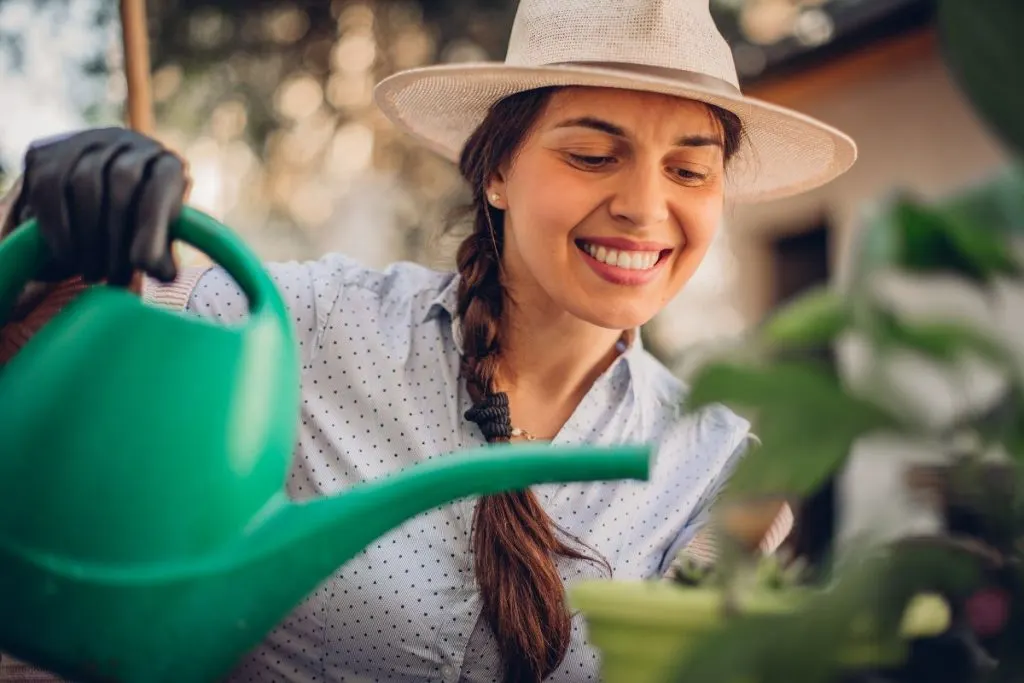
Just like other houseplants, the dolphin succulent stores water in its thick, fleshy leaves. This is why the plant can last much longer without water than other indoor plants.
But if the soil becomes too dry, the dolphins will soften. To keep your dolphin succulents in tip-top shape, it’s best to water them every few days.
On the other hand, if you water the plant too much, it will simply rot. Make sure your pot has a drainage hole in the bottom to avoid excessive water retention.
You can always check by dipping your finger in and see if half an inch is dry or wet and ready for some water.
You can also put the container with the plant in the sink or bathtub and soak its roots in lukewarm water for a few minutes.
Dry Or Moist Soil For Dolphin Plant?
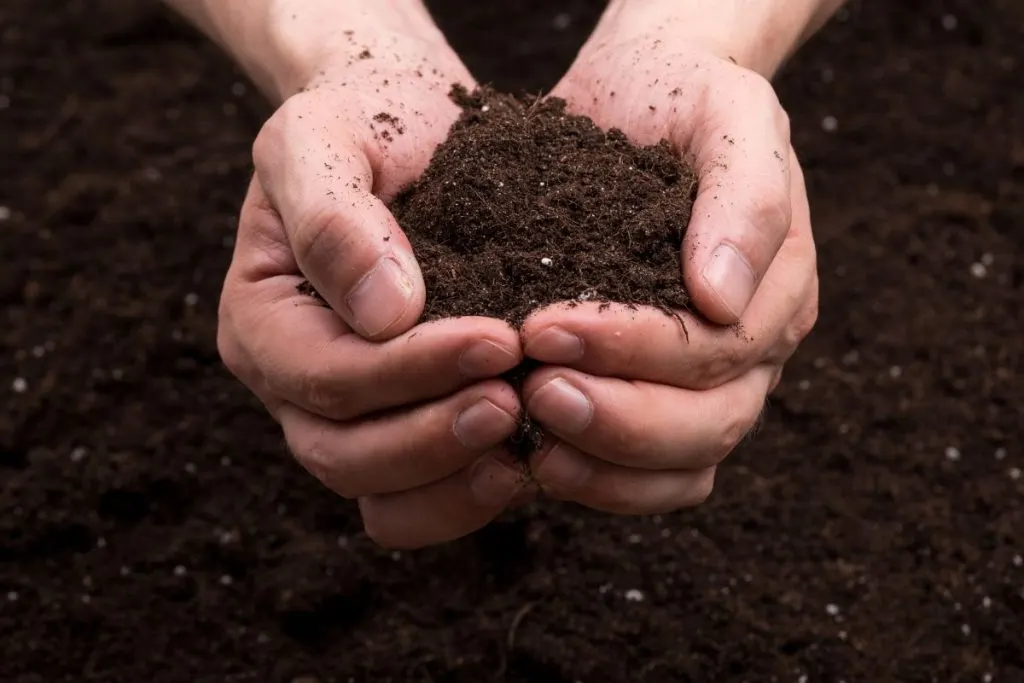
Balanced soil that’s not too dry or too moist is perfect for this plant. Choose peat moss or loam and you have the perfect soil for your dolphin plant.
Other similar plants like the goldfish plant use the same soil type. Soil mix works well too especially when you repot it to different soil and another pot.
When you’re filling the pot remember this. Depending on its location, the soil should be wet when you plant them at first. If it is close to a window and has a lot of sun contact, the soil should be wet then. Its wet base matters a lot in its first week of growth.
Balanced Fertilizer Matters
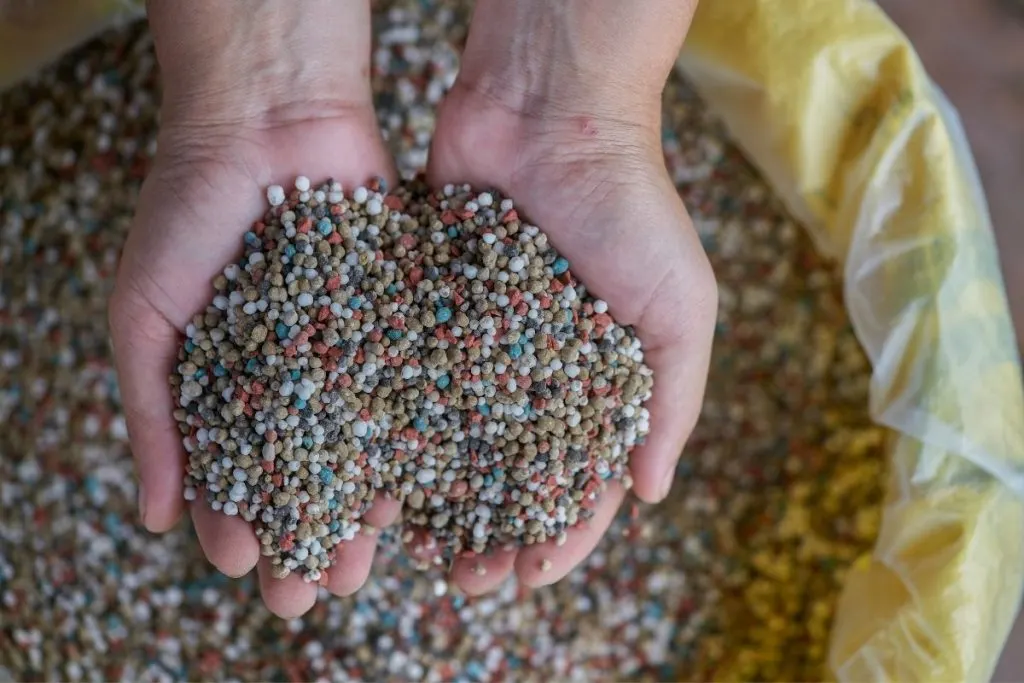
Most potting soils contain enough nutrients that plants can use for new growth. As your plants consume nutrients from the soil, they may be large enough to require a larger pot.
To replenish the plant’s nutrients, transplant them either after the dancing dolphins double in size or once a year, whichever comes first. Fertilizer is the only way to ensure you’re getting enough nutrients.
Temperature And Humidity Conditions
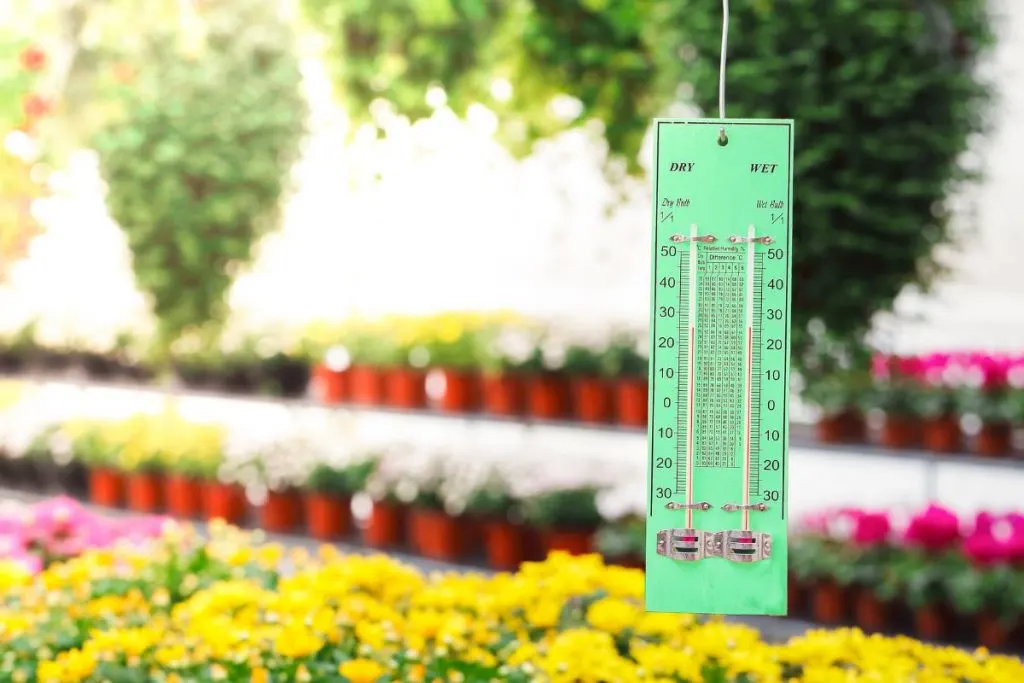
Dolphin succulent is native to southern Africa and will not tolerate frost or low temperatures. It does best in warm, sunny, and hot climates. It is best suited to a temperature between 65-70 F.
Since it is a plant that originates from an arid area of the world, it does not require high humidity. There is no need to use a moisture container or plant humidifier. Too high humidity can lead to leaf rot.
Propagation Time

All types of succulents are very easy to propagate, and the dolphin succulent is the easiest to propagate. The easiest way to propagate is to stick one of the stems in the ground and water the plant every three or four days.
Roots will develop from the nodes. The section can then be separated from the parent plant a few weeks later to grow on its own.
That’s It Folks About The Dancing Dolphin Plant
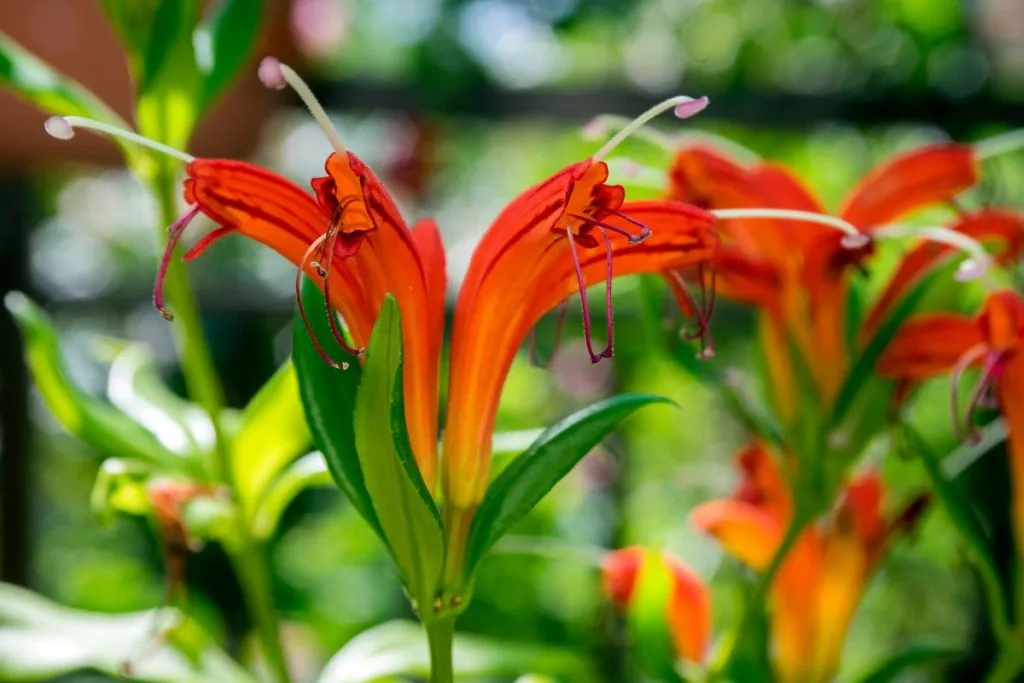
That would be all for today my darlings!
I sincerely hope that you’ll consider having a dancing dolphin plant in your home now and in case you already do, now you know all about its care guide.
These wonderful plants with their red flowers will bloom happily in your home and make your interior so much prettier!
Until next time darlings!

